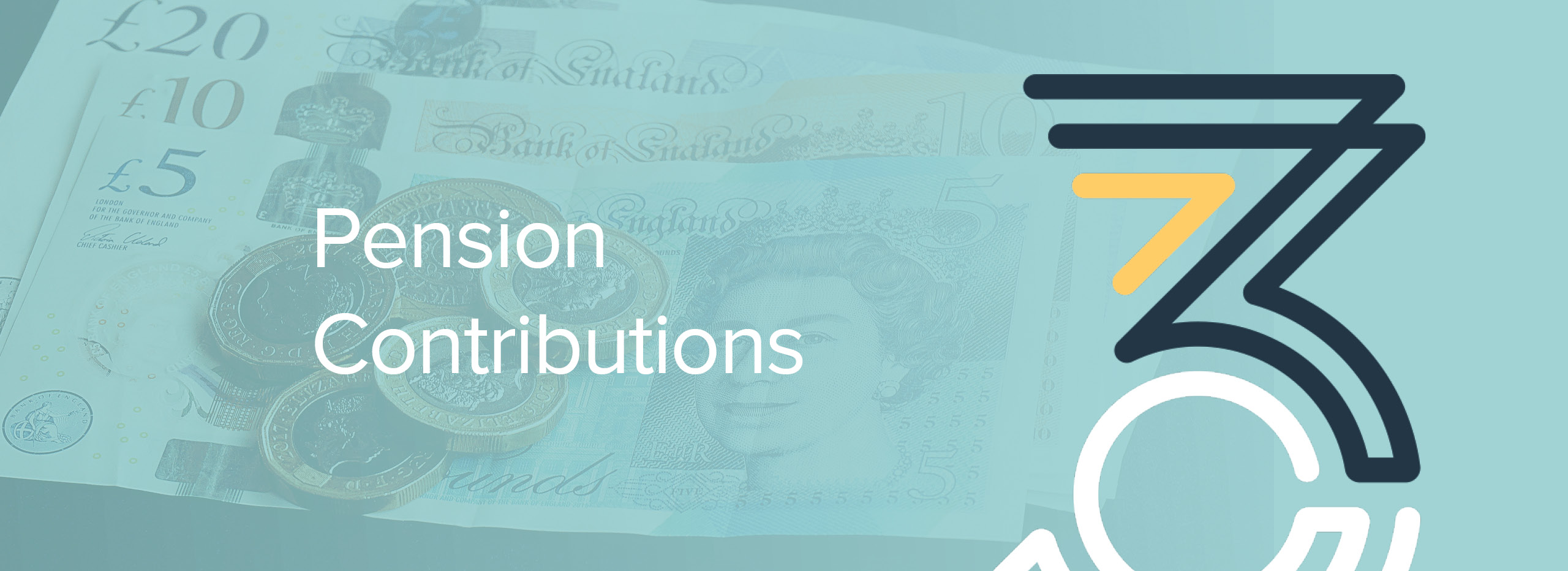Pension contributions are a part of our lives these days. With the introduction of auto enrolment in recent years and the inevitable continuation of good old taxes, pensions are both a day-to-day must-have for many of us, as well as a tax-efficient haven for some of our hard-earned cash.
So how much can I put into my pension?
This is a question that isn’t so simple to answer. It differs, depending on your circumstances. So In this article, we will outline the rules. If you read last week’s article about Employer Pension contributions (HERE), this will help you get a better feel for just how much you can put into a pension:
Firstly, you can put in as much as you like. The restrictions come into play if you want to benefit from tax relief on the contribution. For the purposes of explaining the rules, let’s assume that you do.
The basic rule is up to 100% of your earnings. Note: that said earnings, not income. There are some exceptions, but generally it’s money you’ve earned through working. If you don’t have any earnings, you can put up to £3,600 gross per tax year in.
Sounds simple? Now there’s a cap, on how much you can contribute, which needs to be overlaid against your earnings. The cap is £40,000 per annum. This is known as the annual allowance.
Still with me? You can carry forward unused annual allowance from the previous 3 tax years. Meaning you can contribute up to £160,000 in one tax year if you meet the qualifying rules for this*
BUT, in order to get the tax relief, you have to have earnings of this amount otherwise it will fall down at the ‘up to 100% of earnings’ bit.
UNLESS it’s an employer contribution, then you don’t have to have earnings of this level, but there are other criteria**
NEXT… If you earn over £240,000, these rules will quite possibly go out the window as you have further criteria which apply to you. It could be that your annual allowance is as low as £4,000 because of these rules. This is where it starts to get (more) complicated, with various definitions of income coming into play. If you fall into this camp, probably best to just pick up the phone!
AND let’s not get started on those who have already started drawing pension benefits. You might be down to £4,000 per year, too.
So in a nutshell: Up to 100% of your earnings per tax year. Stop when you get to £40,000. For most people.
But above all, it’s vitally important to get some professional advice before you increase your contributions.
It isn’t as scary as it seems; the rules are clear, there are just a lot of them! Pensions can be used for tax planning in many ways, from inheritance tax planning to income tax planning. If you feel you have further scope to contribute to a pension, contact Three Counties at corryn.wild@three-counties.co.uk.
* We won’t go into these here but if you need to know more, get in touch
** Again, now is not the time- there’s enough to think about!
The content of this article is for information purposes only and does not constitute advice. If you do not understand any of the content, we would recommend you seek financial advice.


